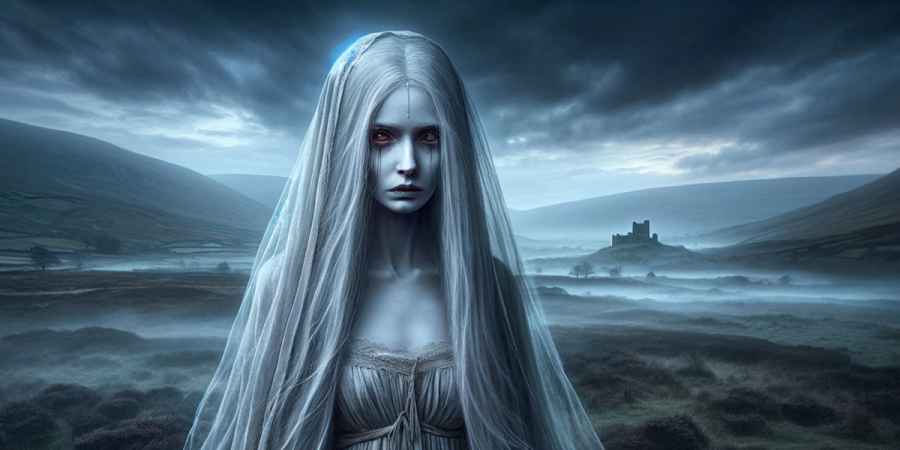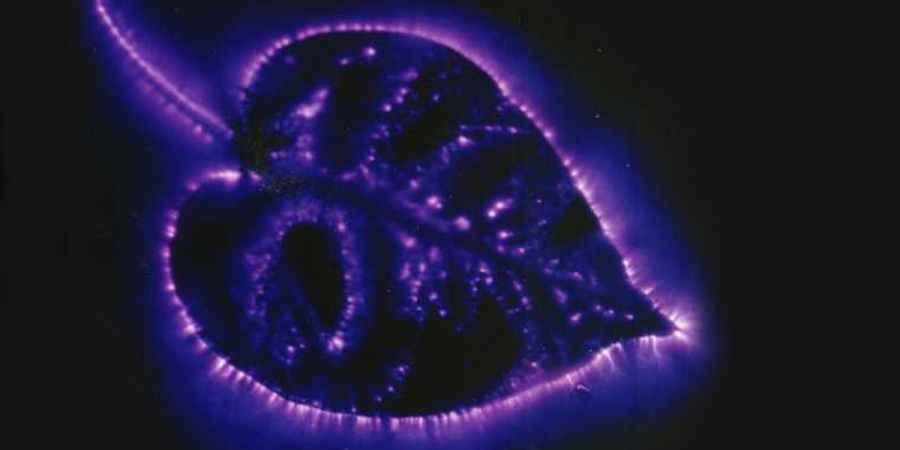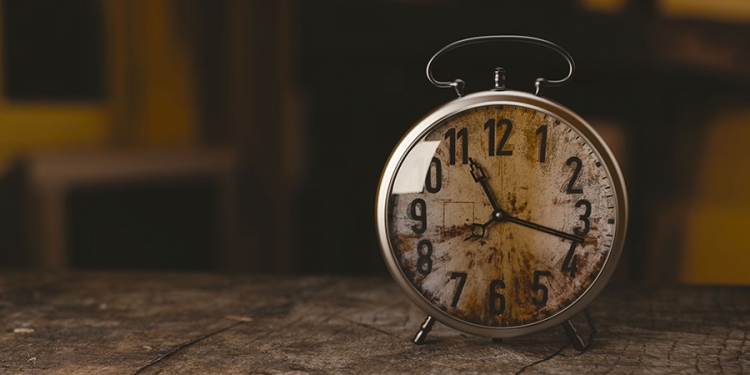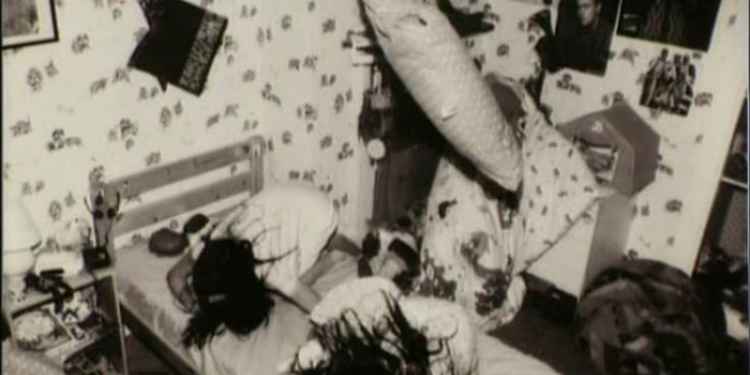

This page is more than one year old.
Originating from Irish lore, the word 'banshee' is derived from the Old Irish for 'woman of the fairy mound' or 'fairy woman'. A banshee, in traditional Irish stories, is considered to be a spirit or a fairy who heralds the death of a family member by wailing or shrieking. These eerie cries are said to be heard at night, just before the death of someone in the household's family line.
The concept of the banshee is unique to Irish culture but has similarities with other folklore across the world, where spirits or entities announce death, such as the Slavic domovoi or the Scottish bean-nighe. However, the banshee's distinct role as a forewarner of death in a specific family lineage sets her apart from other supernatural beings.
Despite her fearsome reputation, the banshee is not considered evil. Her wailing is not a malevolent act but a message of sorrow for the impending death. Some believe the banshee is a protective figure, her cries serve as a forewarning to families, allowing them to prepare for the inevitable.
Traditionally, banshees are depicted as female spirits, and their appearance can significantly differ from one story to the next, embodying everything from haunting beauty to terrifying decay. One of the most common depictions of a banshee is that of an old woman, dressed in rags or a funeral gown, which is often described as being white or grey, symbolising the connection with death. This figure might have long, flowing white hair that she combs with a silver comb, a detail that stems from the Celtic belief that combs are associated with death and the afterlife. Her face is usually portrayed as pale or ghostly, with features twisted in sorrow or anguish. The eyes of a banshee are often a focal point in descriptions, frequently portrayed as red from continuous weeping.
Banshees can also be depicted as young, beautiful women, embodying a mournful elegance. These youthful banshees may have long, flowing hair of gold or red and wear dresses that are ethereal in appearance, often green or red, colours deeply rooted in Irish mythology. Their beauty is said to be haunting, and their presence is mesmerising, which is all rather reminiscent of the "veelas" in the Harry Potter series, fictional beings known for enchanting those around them with their beauty.
Beyond her physical appearance, the banshee's most defining characteristic is her cry, a wail that is said to be heartbreakingly sorrowful. It can vary in sound from a soft whimper to a piercing scream and is believed to be heard only by those destined to experience a death in their family. The sound is not just an auditory experience but is often said to be accompanied by an overwhelming sense of sadness.
Banshees are not just confined to ancient tales, they've found their way into the world of ghost hunting thanks to their reported presence at several haunted locations. Across Ireland and in places influenced by Irish culture, there are numerous sites believed to be frequented by banshees, such as old castles, abandoned mansions, and ancient graveyards. These places, steeped in history and tragedy, provide the perfect backdrop for encounters with a spirit whose very essence is intertwined with death and mourning.
For paranormal enthusiasts, encountering a banshee during an investigation is rare. Unlike other spectral phenomena, a banshee's presence is often perceived audibly rather than visually. Investigators report hearing heart-wrenching cries or wails that seem to emanate from nowhere, with no logical source.
The idea of banshees ties in to modern ghost hunters's use of digital audio recorders, which are used to capture EVP (Electronic Voice Phenomenon). These audio recorders are usually used to capture unexplained voices, but they can be heard when the audio is played back. Investigators claim to have captured the sound of the banshee's cries using this method.
However, the logic behind this is a little flawed. Traditionally, banshee cries are said to be heard directly by the human ear. However, in the case of EVPs, the sounds or voices captured on recording devices are not audible to the human ear at the time of recording and are only identified upon playback.
Therefore, if an individual claims to have captured what they believe to be the cry of a banshee on an EVP recording - without having heard it at the time - this would challenge traditional interpretations of banshee lore. It would more likely suggest an encounter with a different type of spirit or ghostly presence, rather than a banshee.
The truth is, distinguishing between a banshee and encounters with other supernatural entities is problematic, but because banshees are so deeply tied to Irish culture, the most robust way to categorise them is to consider where the encounter took place. An encounter in Ireland or in a place with strong Irish heritage, especially if one's family has Irish roots, could be more suggestive of a banshee. Understanding the history of the location and any potential familial connections to Ireland can provide context to the nature of the encounter.
Another sign that you are in the presence of a banshee is if the paranormal phenomena being experienced are accompanied by a profound emotional impact. Of course, the strongest indication of a banshee's presence is if the encounter occurs close to the time of a death within the family, especially if it's a family with Irish connections.
The belief in banshees, like many aspects of the paranormal, faces its fair share of skepticism. Skeptics argue that there are no scientifically verifiable cases of banshee encounters that cannot be explained through natural or psychological phenomena. Even the characteristic cries of the banshee could be the result of audio pareidolia, where people perceive meaningful sounds in random noises.
Skeptics believe that the characteristics and stories of banshees are products of cultural storytelling rather than reflections of an actual entity. This is evident by the variation in the banshee's appearances across different tales. Many supposed banshee encounters can be explained by natural phenomena, such as animal cries in the night, that are misinterpreted by listeners. Wind through particular landscapes can create eerie sounds that might be mistaken for supernatural wails.
Without concrete evidence, identifying a banshee encounter relies heavily on historical and geographical context, as well as personal interpretation and belief in the folklore.
More Essential Parapsychology
See All
ArrayOctober 11, 2024
The Reality Behind Kirlian Photography’s Glowing Auras

ArrayOctober 07, 2024
Could Retroactive Psychokinesis Allow Us To Influence The Past?

ArrayOctober 05, 2024
What Spontaneous Cases Are & Why Parapsychologists Research Them
Further Reading
Dive into the world of the paranormal and unexplained with books by Higgypop creator and writer Steve Higgins.

Encounters
A historical overview of UFO sightings and encounters, from 1947 to modern government reports.
Buy Now
The Ghost Lab: Paranormal Meets Science
A critical examination of ghost hunting tools and their scientific foundations.
Buy NowMore Like This

ParanormalOctober 12, 2024
Recurrent Spontaneous Psychokinesis The Parapsychological Principle Behind Poltergeists

ParanormalOctober 11, 2024
The Reality Behind Kirlian Photography’s Glowing Auras

ParanormalOctober 07, 2024
Could Retroactive Psychokinesis Allow Us To Influence The Past?

ParanormalOctober 05, 2024
What Spontaneous Cases Are & Why Parapsychologists Research Them
 See More on Audible
See More on Audible
Comments
Want To Join The Conversation?
Sign in or create an account to leave a comment.
Sign In
Create Account
Account Settings
Be the first to comment.